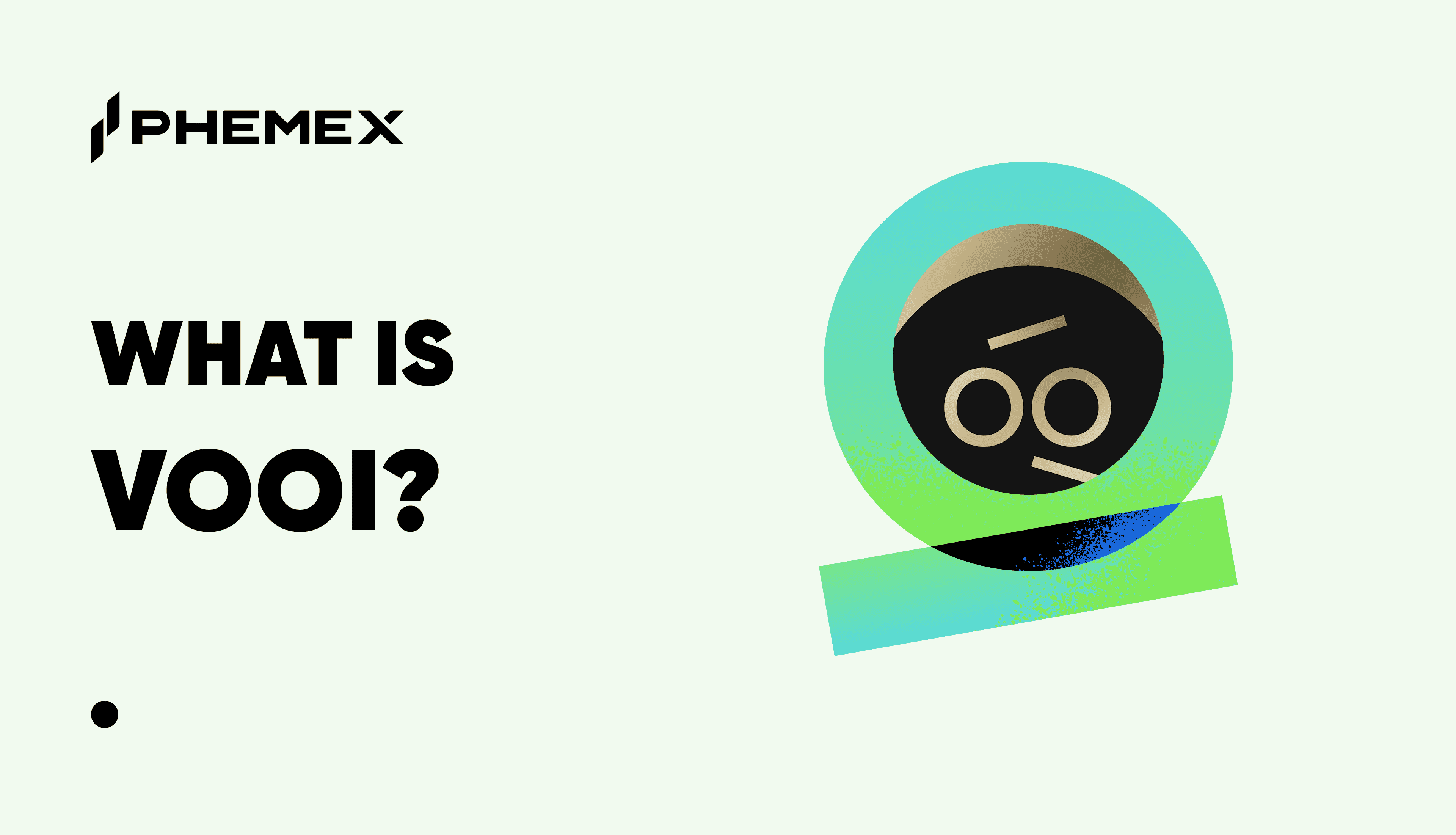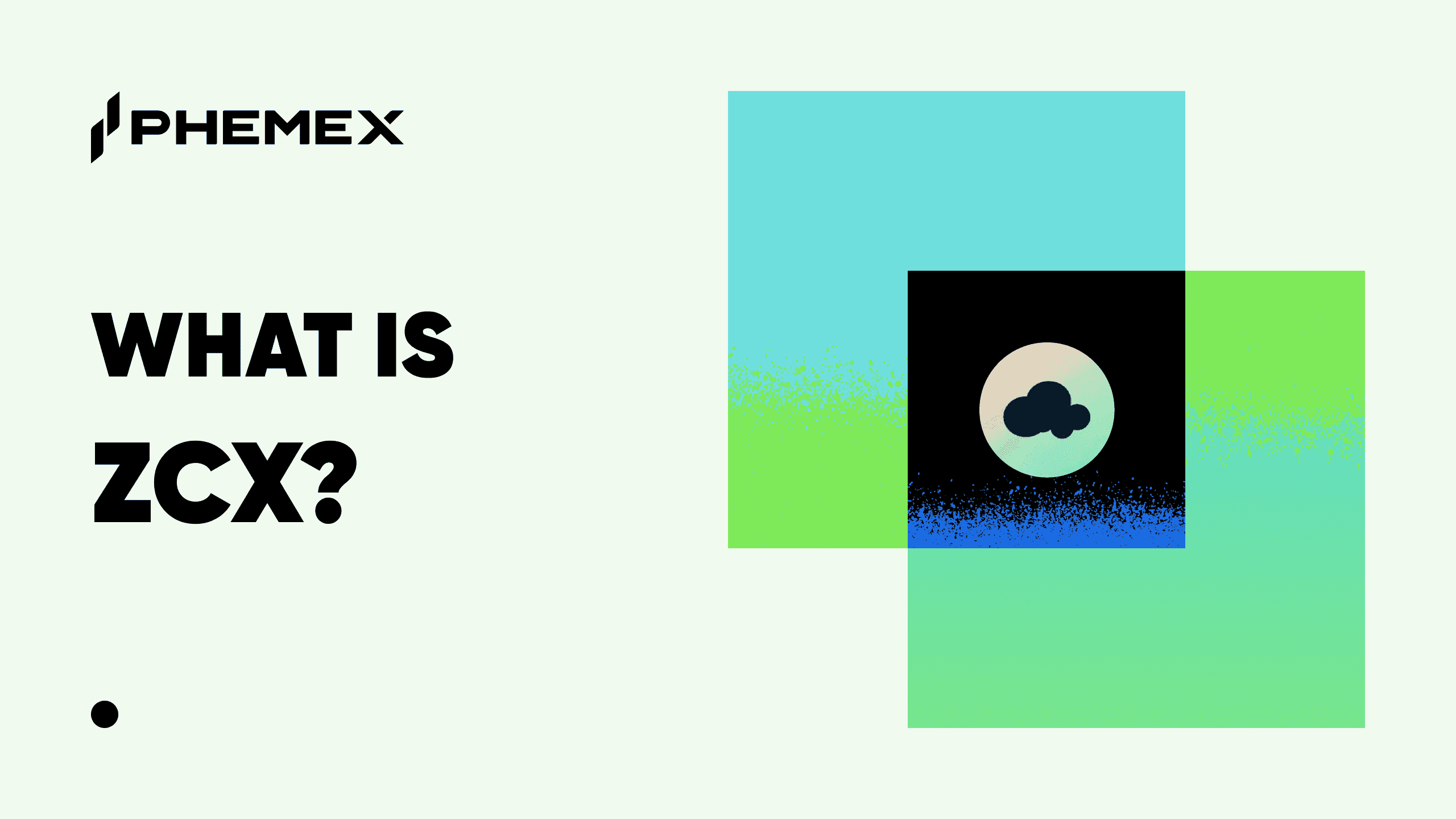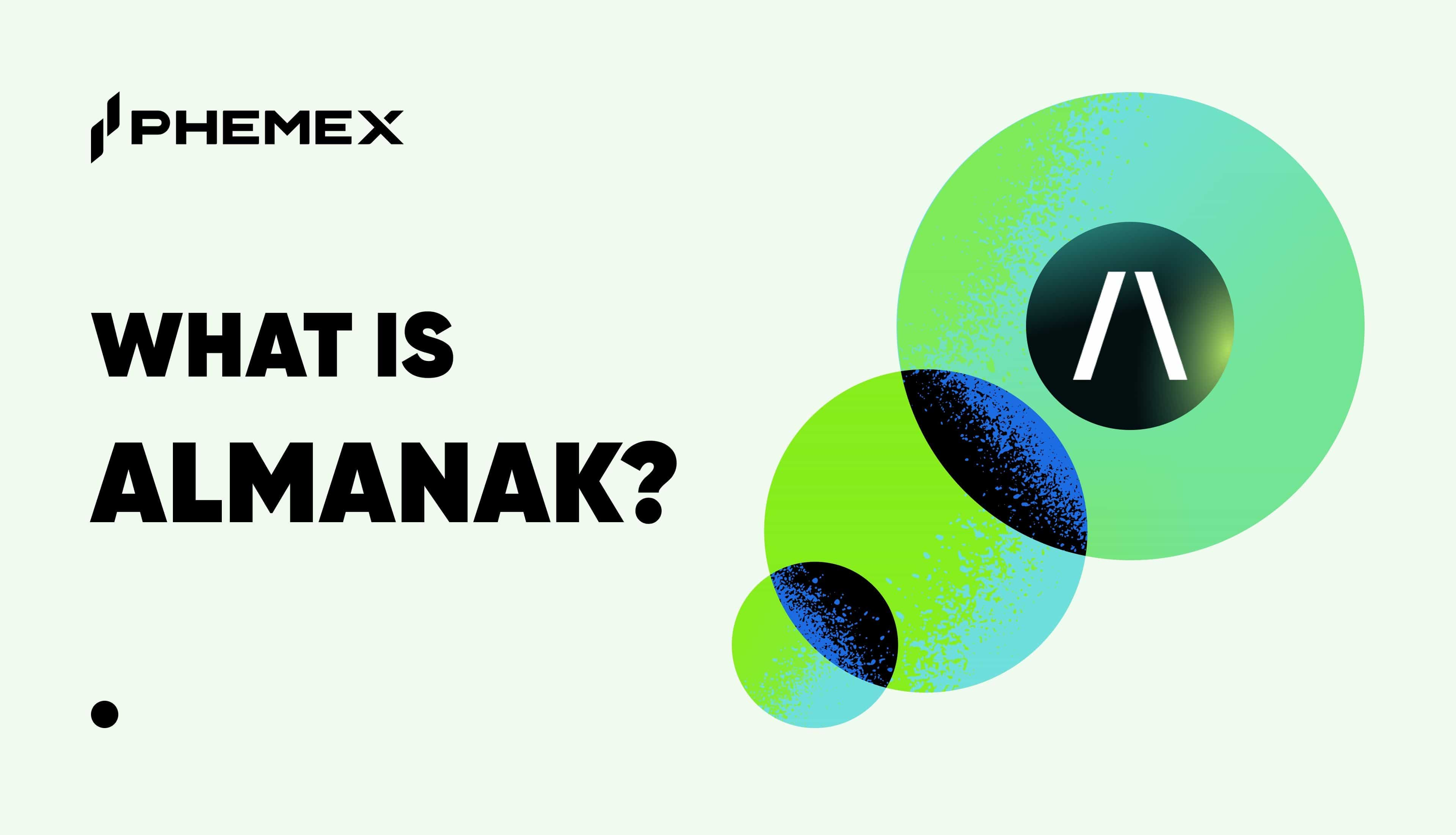Banks are critical pillars in a functional society today–they keep the economy chugging along by taking in idle money and loaning it out for the building and growing of businesses. They are also one of the most trusted.
And yet, as the events of 2008 have shown, the banking sector as a whole has been found wanting, catalyzing the birth of Bitcoin.
Bitcoin showed the world that if money itself can be decentralized i.e. not controlled by a centralized entity like a government or a bank, the entire financial system can be decentralized too.
Enter DeFi, which stands for decentralized finance.

What is DeFi?
DeFi refers to a growing ecosystem of financial applications and services that run on computer code (or to be more precise, blockchain technology) instead of traditional banking and financial institutions.
These financial apps are not very different from the apps we install on our smartphones nowadays, except that they are not controlled by a single entity like a bank or a corporation like PayPal.
The protocols that dictate what these apps do, as well as all the transactional data and user information, is stored not in centralized servers but across a peer-to-peer network of computers globally.
So instead of human-managed intermediaries helping you to store, save, send, receive and invest that money, you can have a suite of decentralized apps doing all these things–with the promise of greater efficiency being its biggest selling point.
The grand vision of DeFi can be summed up in four words: be your own bank.
How will DeFi revolutionize the financial industry?
1) It’s cheaper.
Because DeFi is powered by code hosted on a blockchain, it can automate many financial processes that traditionally required human intermediaries. For example, when you take out a loan from a centralized institution like a bank, you’re also paying for the salary of the banker who processed your paperwork, the rent of the physical bank branch, and other associated costs.
DeFi has no such overheads and can therefore perform the same financial services at a vastly lower cost.
For example, remittances cost an average of 6.01% presently, according to a June 2022 report by the World Bank; if you send $100,000, you have to pay about $6,000 in fees.
In contrast, the below screenshot taken from one of the Bitcoin explorers, Blockchain.com, shows that someone just transferred 114.27 BTC ($2,285,400) for a fee of…$0.40. This also demonstrates the power of blockchain–everything can be seen by everyone in real-time.

(To be fair, Bitcoin’s transaction fee did skyrocket to over $60 for a short period in 2021, but it’s still peanuts compared to what banks charge.)
2) It’s faster.
Again, because DeFi applications are automated by code, they are also often faster than centralized services. For example, when you apply for a traditional bank loan, your application must be reviewed and approved by a human underwriter, which can take days or even weeks.
In contrast, when you apply for a loan on a DeFi platform like MakerDAO, your loan is approved or rejected instantly by the smart contract that governs the protocol.
3) Better terms.
In many cases, DeFi apps can also offer better borrowing and lending terms than traditional banks—for example, by providing interest rates that more accurately reflect the real-time supply and demand for capital, since all these protocols live on the blockchain, run 24/7 and do not need to be manually updated.
4) It’s open to anyone.
Because DeFi apps are built on blockchains, they’re available to anyone with an internet connection. This makes DeFi applications accessible to people around the world, regardless of their location or economic status.
5) Increased transparency.
This is one of the most important promises of DeFi. DeFi applications reside on the blockchain. As such, key information such as how much assets they hold and how leveraged they are is completely transparent through public blockchain explorers such as Etherscan.
The implication with this is that if Lehman Brothers had been a DeFi app back in 2008, it probably would not have been able to quietly cook its books and get away with it for as long as it did.
Where is DeFi now?
The DeFi industry grew from under $1 billion in total value locked at the start of 2020 to an eye-popping $180+ billion in November 2021, when Bitcoin hit its all-time high of $69,000.
It has since fallen by about 70% to $54 billion at time of writing, as US Federal Reserve interest rate hikes put pressure on not only the crypto but traditional financial markets.
And yet, DeFi is steadily advancing, with the adoption of crypto spreading slowly but surely. In certain parts of Switzerland, you can now buy burgers with crypto.
As traditional finance evolves and adapts in response to this existential challenge, it may be that they never get fully replaced, but the hope is that the playing field will be levelled.
One recurring criticism against DeFi is that it’s a closed ecosystem with no real world usage except for trading and leveraging–people are buying crypto, or borrowing money to buy crypto, so that they can earn more crypto and convert it back to fiat currency.
While that’s a fair argument, the fact is that it is now technically possible to send value across the internet, without any banks or third parties involved. That’s a REALLY BIG DEAL, and it can only improve from here on, as the technology progresses and network effect grows.

Let’s see how you can actually go about becoming your own bank.
How To Be Your Own Bank In 5 Steps
1) Set up a trading account
To do anything in DeFi, you need to have crypto, so even if you do not intend to actively trade, you need to set up a trading account to buy crypto.
Most people buy their crypto from centralized exchanges (CEX) like Phemex, although decentralized exchanges (DEX) like Uniswap and Curve are slowly gaining popularity among more advanced users as well.
To set up a trading account with Phemex (and earn a welcome bonus of up to $180 while you’re at it), click here.
You can also get free crypto here: earn crypto while learning.
2) Convert your fiat to stablecoins
You know how you need to exchange your money for those round plastic tokens so that you can buy food at the carnival?
Stablecoins are the “local currencies” in the crypto world; to be specific, these are cryptocurrencies that function as a bridge between traditional finance and DeFi, and are typically pegged 1:1 to the USD. Most crypto today are, in turn, pegged to these stablecoins like BTC/USDT or ETH/USDC.
Decide how much you want to put into DeFi–$100 or lower works just fine for a start–and convert those into stablecoins.
You can do this through the exchange you set up your trading account with. The most common ones are Tether (USDT) and USD Coin (USDC).
USDC vs USDT: Which Is Better Stablecoin to Use?
3) Invest or trade
With your USDT/USDC, you can now try your hand at trading crypto i.e. buy low and sell high. Stick to buying either Bitcoin or Ethereum in the beginning, as these two cryptocurrencies, being the largest in terms of market cap, are the safe havens in the risky, volatile world of crypto.
Here is our step-by-step guide on how to trade crypto.
The alternative to active trading is to invest or HODL–buying and holding a crypto for the long-term, a strategy that can be more rewarding than trading for more frequent but smaller gains.
Or, you can put your crypto to work and generate passive income.
4) Earn passive income
One of the biggest reasons for the DeFi mania in the last two years is the passive income-generating opportunity.
It goes by several names and differs in terms of risk and technicalities, but the idea is the same: putting idle assets to work. Here are two main methods.
Staking
This is the process of holding your crypto in a wallet to support the operations and secure a blockchain network, as well as help decentralize the network by participating in governance (e.g., voting on protocol upgrades). In return, you earn rewards in the form of more crypto. Staking is usually done via exchanges or wallets belonging to blockchains such as Tezos, Near and Polkadot.
Yield Farming
A more complex method is yield farming, which enables users to earn multiple rewards in the form of interest income and transaction fees across multiple platforms, thus maximizing the returns on their crypto. The most common forms of yield farming include:
- Providing liquidity to decentralized crypto exchanges (DEXes) like Uniswap and PancakeSwap. In return for your participation, you usually earn a portion of the transaction fees in the form of “liquidity pool tokens” (LP tokens) associated with the trades that you help facilitate.
- Re-depositing those LP tokens on the same DEXes. This enables you to earn more interest. Or, you can sell/loan it out so that you’re effectively earning twice on the same stash of crypto.
- Becoming a lender. You can deposit your crypto with crypto lenders such as Compound and Aave to earn interest.
- Becoming a borrower. Yes, in DeFi, you can earn by borrowing. This is done by depositing an amount of crypto as collateral and taking out a loan, then parking it with another DeFi protocol to earn a higher interest than what you’re paying for the loan (this is what banks and big corporations have been doing all this while; DeFi aims to level the playing field).
As a result, users can earn 3–8% or sometimes much higher annual percentage yields (APY) as compared to the modest interest traditional bank savings give, like 0.06% APY on average.
However, all of these methods carry risk, and require a degree of technical know-how. Even stablecoins are not always stable, as the Terra UST stablecoin collapse has shown.
For further reading about passive income generation strategies in crypto, here’s a shortlist of must-reads:
Yield Farming vs. Staking vs. Liquidity Mining – Phemex Academy
What is Staking: How to make money staking crypto? – Phemex Academy
What Is A Crypto Launchpool | How To Earn Passive Income? – Phemex Academy
Savings
For beginners, the safest option is to join a savings program on a reputable exchange like Phemex, where you can earn high interest rates from 4% to 18.80% on your idle crypto, including USDT.
In addition, Phemex periodically runs launchpools, which are time-limited staking pools that help early stage crypto projects raise funds and launch their tokens. Users can deposit the required crypto to enjoy a high return on their holdings, which can vary from 4% to 400%++. The interest is paid hourly and investors can redeem their earnings anytime.
5) Get a wallet
After you have accumulated some crypto, you need a wallet to store it. Most CEXes hold your crypto in a built-in wallet on the exchange, so if you’re just starting out with only a small amount of crypto, you don’t need to get a separate wallet.
However, as you start to venture outside the exchange and dabble in the Web3 ecosystem, like lending out your crypto, play a blockchain game or buy an NFT, you will need another crypto wallet to interact with these decentralized apps (DApps).
For beginners, we recommend starting with a software wallet that supports ERC-20 tokens, like MetaMask. This is because most DeFi applications are built on the Ethereum blockchain and use ERC-20 tokens.
In the longer term, when you have a sizable stash of crypto, you can consider moving most of it to a hardware wallet for cold storage and extra protection, keeping only small amounts on your software wallet for daily use e.g. sending and receiving crypto.
And because wallets are such a critical part of crypto security, we have an entirely separate article on how to choose your first crypto wallet.
And that’s it, really. Obviously, there is still a long way to go before DeFi can fully replace our existing financial systems–if ever–but that doesn’t mean you can’t start learning about it now.
As Coindesk writer Brady Dale describes it,
“On the normal web, you can’t buy a blender without giving the site owner enough data to learn your whole life history. In DeFi, you can borrow money without anyone even asking for your name.”
All that’s needed is, you guessed it, a crypto wallet.
You might be thinking, if DeFi is so disruptive and efficient, what about all those crypto firms that went bust and left their customers high and dry during the crypto crash of June 2022? Read on to find out why.

How does DeFi give higher interest rates than banks?
The high yields that are offered by DeFi protocols to users who deposit their digital money i.e. crypto assets are made possible by the fact that these protocols often demand that borrowers over-collateralize their loans.
For example, if you want to borrow 1,000 USDT, you have to put up crypto assets worth 110 – 150% of the loan amount as collateral.
This results in more value locked up in the form of collateral than there is debt outstanding. As a result, lending protocols like MakerDAO, Compound and Aave can afford to pay out a higher portion of the fees they generate to users in the form of interest payments.
Plus, there’s also the afore-mentioned factor of low overheads, which translate into higher profits that go to DeFi lenders instead of banks.
Why is over-collateralisation important?
By requiring users to over-collateralise, DeFi protocols can ensure that there is always enough collateral available to cover the outstanding debt should borrowers default and therefore protect investors’ money. If the value of the collateral falls below a certain level, the protocol automatically liquidates the collateral in order to repay the outstanding debt.
This was what got crypto firms like Celsius Network into deep trouble–it had borrowed money using customers’ funds to generate as much yield as they can on DeFi protocols such as Maker, Aave and Compound, but when the value of their collateral fell along with the collapse of Terra Luna, they were forced by smart contracts to pay back or top up the loans they took.
Another firm, BlockFi, recently disclosed that it had loaned out $1.8 billion and held only $1.2 billion in collateral. When the market turned rough, they did not have enough in their vaults to pay back what they owed their users/investors.
In DeFi, you cannot over-leverage and under-collateralize as code is not subject to human subjectivity and error in judgment. DeFi, in fact, lived up to its promise during the crypto meltdown of 2022.*
These troubled firms are not fully DeFi, as they are run by humans instead of code. Instead, they are more accurately categorized as CeFi, short for “centralized finance,” which is the middle ground between traditional finance and DeFi.
While these firms give crypto a bad name, CeFi plays an important role in the growth of DeFi as CeFi products are usually more user-friendly and do not require much technical know-how to use, which helps to fuel market awareness and adoption.
*This is not to say that investing in DeFi is completely riskless; there are smart contract bugs/vulnerabilities which can pose a risk factor, in addition to overall market and volatility risk such as impermanence loss, among others.

How do these DeFi protocols make money?
DeFi protocols make money by charging fees on the transactions that take place on their platforms. These fees are typically a small percentage of the total value of the transaction e.g. 0.1%. This means that for every $100 worth of transactions, the protocol takes $0.10 in fees, which it then redistributes to the liquidity providers or yield farmers.
Where DeFi is headed
DeFi is still in the early stages of development, which means cryptocurrencies are subject to high levels of volatility which can lead to losses in the value of your digital assets without much notice. Regulatory changes could kick in and rock the industry either way, depending on where you stay. Technical flaws can be exploited by hackers.
And yet, despite these risks, DeFi applications have a lot of potential. With smart contracts at the heart of it all, DeFi offers a way for people to trade, lend, and borrow money without having to go through traditional, centralized intermediaries like banks or brokerages.
As the space continues to grow, we can expect to see even more innovative and exciting applications being created. There’s really no better time than now to dip your toes in and explore this new frontier.
Read More
- What Are Decentralized Applications (dapps)?
- DeFi vs. CeFi: Understand The Differences
- https://phemex.com/academy/defi
- What is Cryptocurrency & How It Differs From Digital Cash
- What is Crypto Lending?
- How To Trade Crypto: The Ultimate Investing Guide
- Analysis- Unlocking synergy: Can TradFi converge with DeFi?
- What is Defi 2.0 Protocol & How does it Work?









